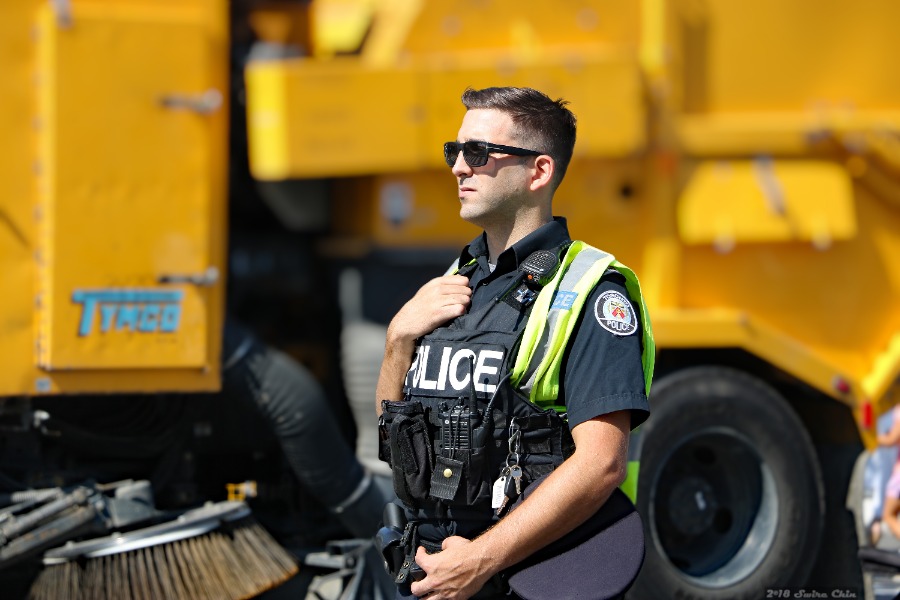
Samsung Networks and TELUS today announced the successful deployment of Canada’s first next-generation Mission Critical Push-to-X (MCPTX) services. Deployed over TELUS’ globally recognized network, this new MCPTX solution will equip Canada’s first responders with the information and data they need to more accurately assess emergency situations, improve responsiveness and operational efficiency, and drive better public safety outcomes. This state-of-the-art technology will enhance multimedia communications with vital operational features such as video, geographic information system (GIS), geo-fencing, remote database access, and more, keeping communities safer.
“TELUS is building on its long-standing association with Samsung to bring best-in-class technologies and connectivity that will help public safety organizations manage emergency situations with greater responsiveness thanks to mission critical features that go well beyond legacy voice technologies,” said Marshall Berkin, Vice-president, Industry Solutions, TELUS Business Solutions. “Our MCPTX services will leverage the strength of our award-winning network, as well as our integrated ecosystem of public safety solutions, to empower first responders with critical, reliable, and secure connectivity that will ultimately save lives. This launch also accelerates our commitment to Smart City solutions that help municipalities use technology and data in new ways to benefit residents’ health and safety, meet sustainability goals, and increase operational efficiencies.”
TELUS’ MCPTX service will be offered with priority access to commercial users on TELUS’ network. The service is actively being trialed with a select group of customers with wider commercial availability planned for later in 2022. With mobile broadband technologies powered by 4G and 5G, the nature of mission critical communications is undergoing a significant evolution, as MCPTX solutions provide a significant enhancement to today’s commonly used LMR (Land Mobile Radio) and push-to-talk (PTT) voice technologies.
MCPTX technology will enhance communication in many public safety scenarios. For example:
a. First responders – With MCPTX technologies, first responders, like police officers, can gain knowledge and expertise from their peers in different locations or other public safety agencies. They can all communicate with each other in real-time in order to quickly resolve a public emergency. That could mean enabling video to be pushed immediately to dispatch a coordinated response or sharing a map of the officer’s location with other first responders on the ground.
b. Catastrophic events – In the event of a catastrophic situation, cellular usage drastically increases and the network gets congested with many people trying to reach their loved ones. With quality of service, priority and preemption (QPP), first responders have priority access to the broadband network with a reliable and secure connection.
c. Connected Ambulance – A connected ambulance will help save more lives, as paramedics can share critical information using a portable ultrasound or a haptic glove over a prioritized connection, helping emergency room doctors to start treatment remotely, and emergency rooms preparation to be optimized for patient arrival.
d. Traffic Control for emergency services – With MCPTX, traffic route maps for emergency vehicles could be transmitted to all intersections and traffic lights, clearing the way for an emergency vehicle to quickly reach its destination, with “green lights” all along the route.
